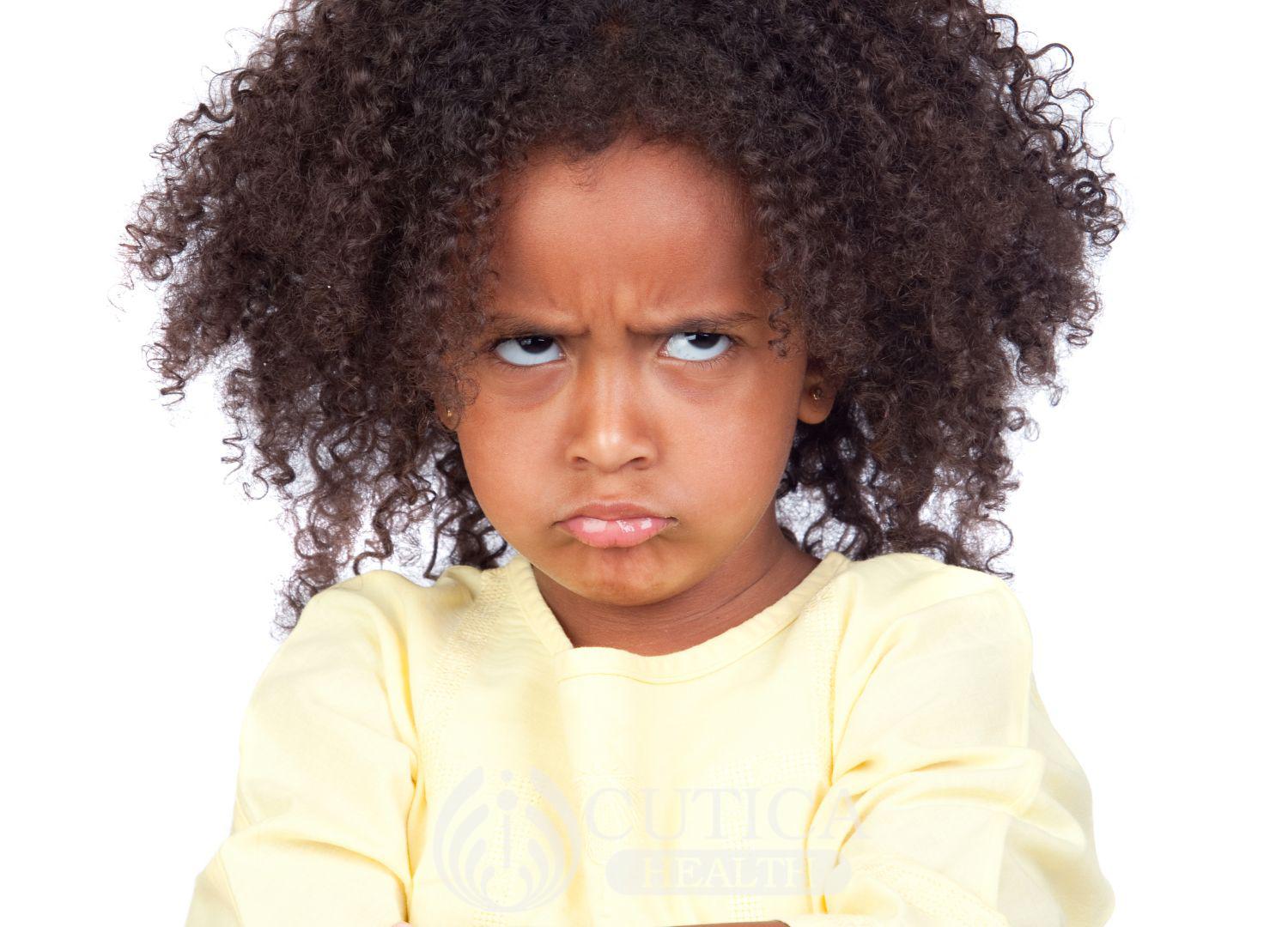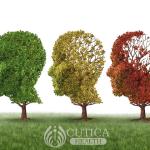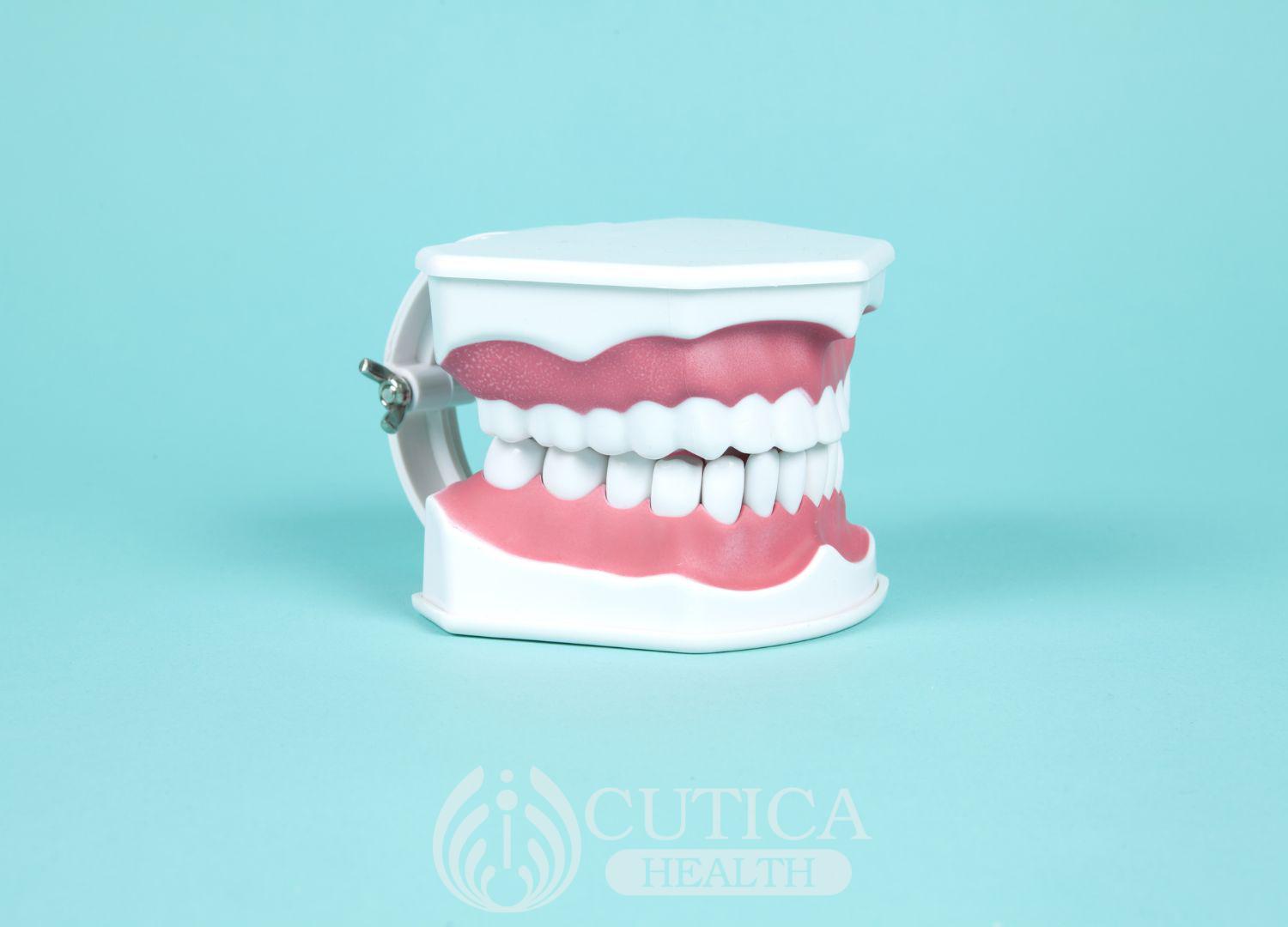
Children wen nor dey hear word: Conduct Disorder
"Mrs Smith son den don expel am from three school before and now den just suspend am from the fourth one because of em behavior. Dave nor dey fit follow the school rules, he dey fight, dey bully others, and dem don catch am dey smoke for school premises tire. Why Dave nor fit just do the right thing?"
Conduct disorder dey characterized by series of emotional and behavioural problems wen dey first arise during childhood or adolescence and e fit continue until adulthood.
Children with conduct disorder dey find am difficult to follow rules and act for socially acceptable ways.
Conduct disorder dey classified into three categories based on when the disorder first start.
● Childhood onset conduct disorder: the signs of a conduct disorder start to show before the age of 10.
● Adolescent onset conduct disorder: the conduct disorder start during the teenage years (10-19). This na the most common type.
● Unspecified onset conduct disorder: this one na wen the age wen the conduct disorder first start nor dey known .
symptoms of conduct disorder?
Children with conduct disorder dey usually aggressive, impulsive, and dem nor dey concerned with the needs and feelings of others. some of the symptoms, wen pikin with conduct disorder go exhibit na:
● Aggressive behaviour: e fit include bullying and/or intimidating others, harmful actions towards animals and people with or without weapon.
● Lying and stealing
● Destructive behavior like vandalism, arson, breaking and entering, and intentional destruction of property.
● Drug and alcohol use
● Truancy: skipping school and running away from home.
● Early sexual behaviour
● Deviant sexual behaviour like make e dey force others into sexual acts
● Impulsivity: make e dey act and make e nor consider the consequences of em actions.
● e nor go dey willingly to follow rules
● Disobedient and difficult to control
● Limited emotional expression: the pikin appears unemotional, heartless, e go get difficulty to show empathy or remorse, and e nor go dey able to understand other people emotions .
Other children dey display symptoms of conduct disorder but the frequency, duration, and intensity of the behaviour go significantly show the difference between children with conduct disorders and other children. The extent wen e take dey impact dia daily functioning must also dey considered.
What puts a child at risk for a conduct disorder?
Conduct disorder don dey linked to biological and environmental factors.
Biological: researchers don link damage to the frontal lobe of the brain to this disorder. The frontal lobe of the brain dey responsible for essential functions and behaviors like decision-making, critical thinking, problem-solving, personality, emotional expression, and memory.
So, symptoms like lack of future planning, poor impulse control, and inability to learn from past negative events fit arise from damage to this area of the brain.
People wen get other psychological/psychiatric disorders fit also get higher chance to develop conduct disorder.
Environmental: several environmental risk factors wen fit increase the risk to develop conduct disorder don dey identified. Some of them na :
● Being abused or neglected
● Living in an urban environment
● Living with parents who abuse alcohol/drugs.
● Having a family history of conduct disorder or other psychiatric disorder.
● Living in a troubled home environment
● A history of traumatic experiences
Say person na boy/man e don also dey identified as risk factors for conduct disorder. Males get higher chance to develop conduct disorders pass females. Males dey more likely to exhibit destructive and aggressive behaviour while females go lean towards rule violation and deceitful behaviours like lying and stealing.
Conclusion
Children with conduct disorders sometimes dey go undiagnosed and dem nor dey get the help dem need. Instead, dem go categorize dem as troublemakers. Children with conduct disorder dey act from a place of insecurity, or based on inaccurate sense of Wetin dem consider as threatening. If you notice any of these signs say e dey occur frequently for an extended period of time for your pikin, make you see mental health professional so that e go guide you on the next steps.












